Yen Bai - After each Lunar New Year, the number of livestock and poultry in Yen Bai decreases significantly due to increased demand for food. To ensure supply and restore livestock production, herd restoration needs to be implemented synchronously, ensuring disease safety and economic efficiency. Yen Bai Newspaper reporter (PV) had an interview with Mr. Ninh Tran Phuong - Deputy Head of the Provincial Department of Animal Husbandry and Veterinary Medicine about specific solutions to help the livestock industry recover quickly and develop sustainably.
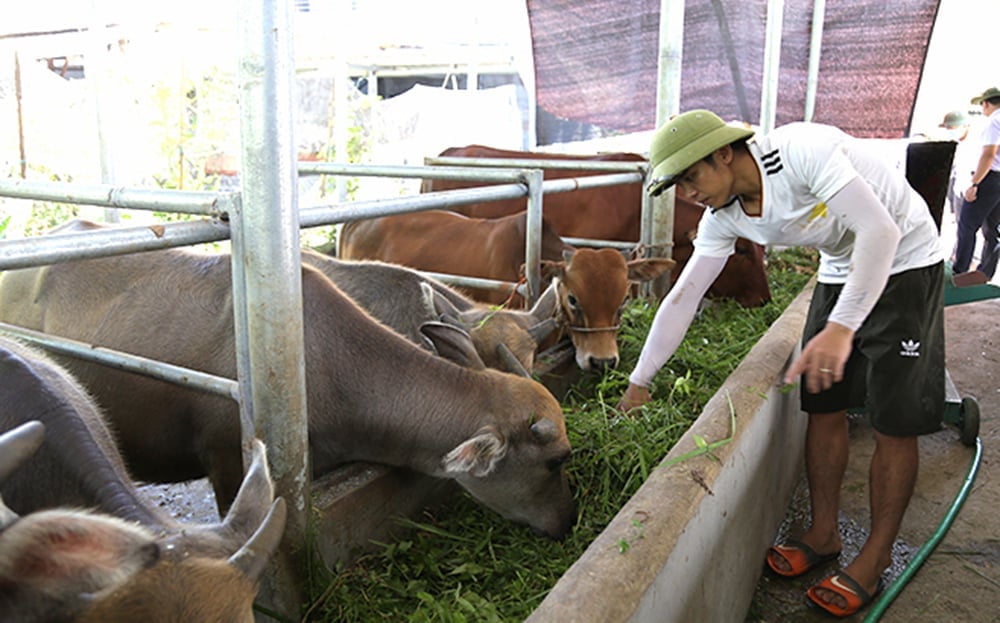 |
Thanks to the support policy from Resolution 69, many households in Dong Khe commune, Van Chan district have boldly invested in developing fattening cattle and buffaloes for high income. Photo: Van Tuan |
>> Yen Bai promotes livestock farming after Tet
>> Yen Bai proactively protects livestock and poultry in winter
PV : Sir, after the Lunar New Year 2025, what notable changes will there be in the livestock situation in Yen Bai?
Mr. Ninh Tran Phuong: During the Tet holiday, the demand for food consumption increased, the number of livestock and poultry sold and slaughtered was very large. Specifically, about 70,000 livestock and nearly 1 million poultry were consumed, leading to a significant decrease in the total herd. This requires the livestock industry to speed up the herd restoration process to stabilize production and meet market demand. In general, the current herd restoration situation is quite favorable thanks to the basic control of the epidemic, the price of live pigs is increasing, ensuring farmers make a profit.
However, herd restoration this year faces some challenges, especially the forecast of severe cold weather lasting until the end of March, which will be detrimental to large-scale livestock farming. In addition, animal feed prices remain high, while the consumption market may fluctuate, requiring farmers to make careful calculations. Therefore, herd restoration cannot be carried out in a mass manner but requires appropriate calculations based on actual conditions, while applying disease control measures, selecting quality breeds and ensuring safe farming conditions.

Mr. Ninh Tran Phuong - Deputy Head of the Provincial Department of Animal Husbandry and Veterinary Medicine.
PV: Faced with these challenges, what are the directions of the livestock industry to support people in effectively restoring their herds?
Mr. Ninh Tran Phuong: First of all, we encourage farmers to re-herd in a controlled manner, not to re-herd massively to avoid the risk of disease. The selection of breeding stock must be strict, imported only from reputable establishments, with clear origins and fully vaccinated. Biosafety measures are also strictly implemented, from barn cleaning, quarantine to care processes. In particular, we focus on promoting and guiding people to apply circular farming techniques and biosafety to optimize costs and minimize risks. At the same time, the provincial livestock industry is coordinating with businesses to find stable output for products, helping people feel secure in production.
For cattle and buffalo farming, people need to closely monitor weather developments, proactively prevent hunger and cold by supplementing concentrated feed, covering barns and absolutely not letting livestock roam when the temperature drops. When importing new breeds, they must choose healthy animals, with clear origins, fully vaccinated against important vaccines such as anthrax and foot-and-mouth disease.
For pig farming, households that have sold all their pigs need to clean and disinfect their barns, leaving them empty for at least 1-2 weeks before importing new pigs. The next household needs to maintain barn hygiene, vaccinate them fully and select healthy pigs from reputable facilities. For poultry, farmers need to choose chicken breeds suitable for local conditions, ensure vaccination with important vaccines such as Newcastle and avian influenza; periodically clean and disinfect barns and do not mix poultry with other livestock to limit the risk of cross-infection. In general, herd restoration must be carried out step by step, under control, ensuring both stable production and minimizing the risk of disease.
PV : To ensure the growth target of the livestock industry this year, what key solutions will the industry focus on, sir?
Mr. Ninh Tran Phuong: In 2025, Yen Bai's livestock industry aims to have a total herd of 950,000 animals and a meat output of 83,000 tons. To achieve this goal, the industry will focus on a number of key solutions such as disease control, ensuring quality breeding sources, developing biosafety livestock farming and promoting linkages in production and product consumption. In particular, regular vaccination and close monitoring of disease situations in the area are top priorities.
In addition, the industry strengthens control over the transportation of animals and animal products from epidemic areas; promotes propaganda so that farmers proactively implement biosecurity measures and clean barns to minimize disease risks. In addition, the industry encourages farmers to use reasonable input materials and take advantage of locally available feed sources to reduce production costs.
Circular livestock farming models, using agricultural by-products, are also being promoted to help reduce cost pressures. In particular, to increase product value and expand output, the province is promoting the development of livestock linkage chains, connecting livestock households with processing and consumption enterprises, thereby creating stability and sustainability for the livestock industry in 2025 and the following years.
PV: Thank you very much!
Van Thong ( performed)
Source: http://baoyenbai.com.vn/12/346207/Yen-Bai-tang-toc-tai-dan-sau-tet.aspx



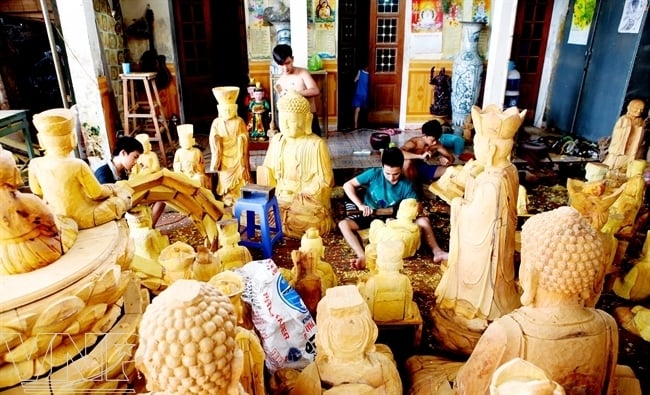




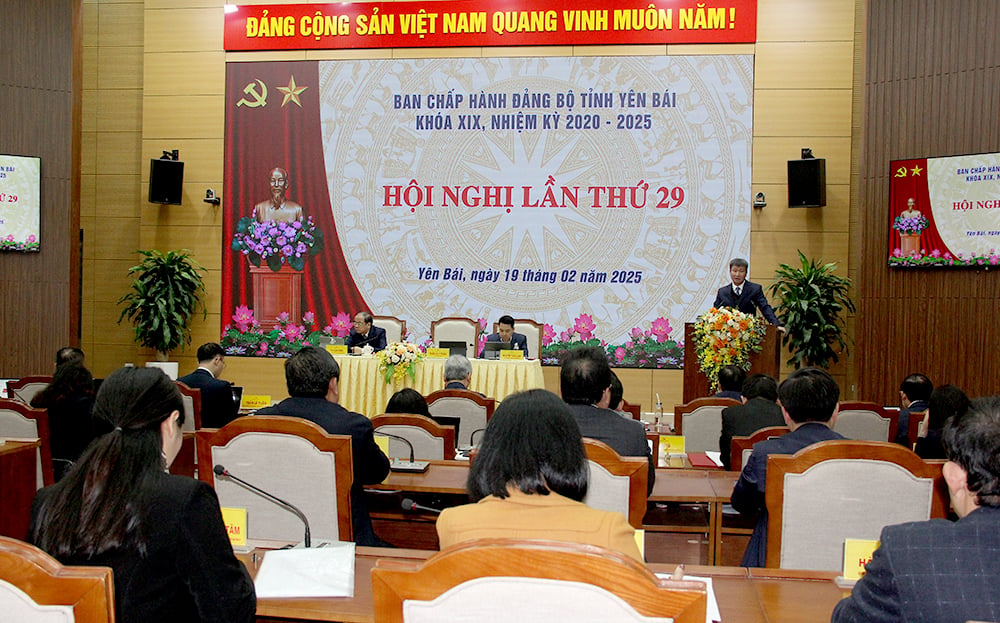


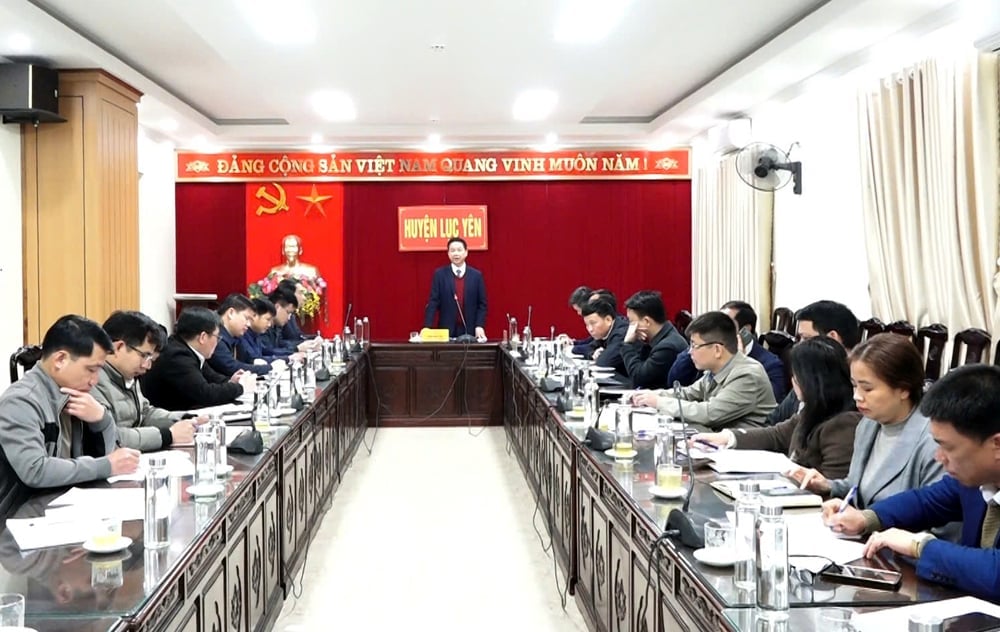





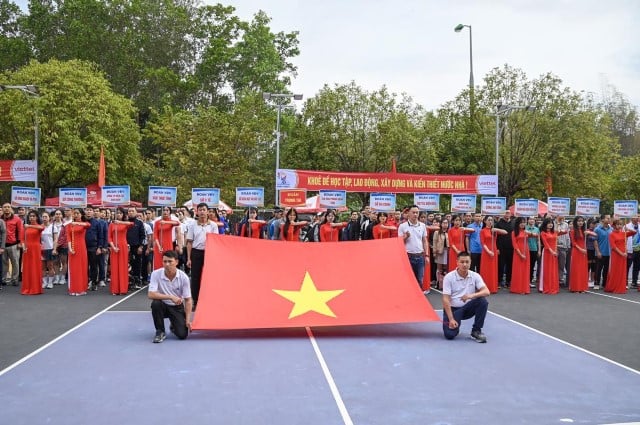

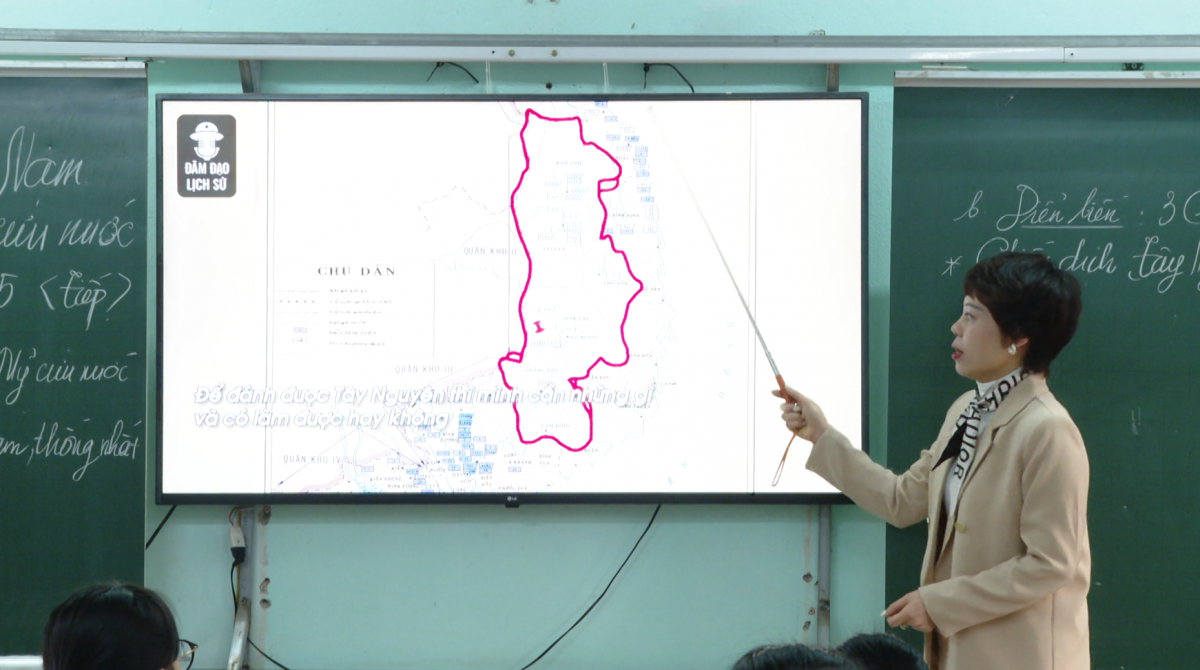



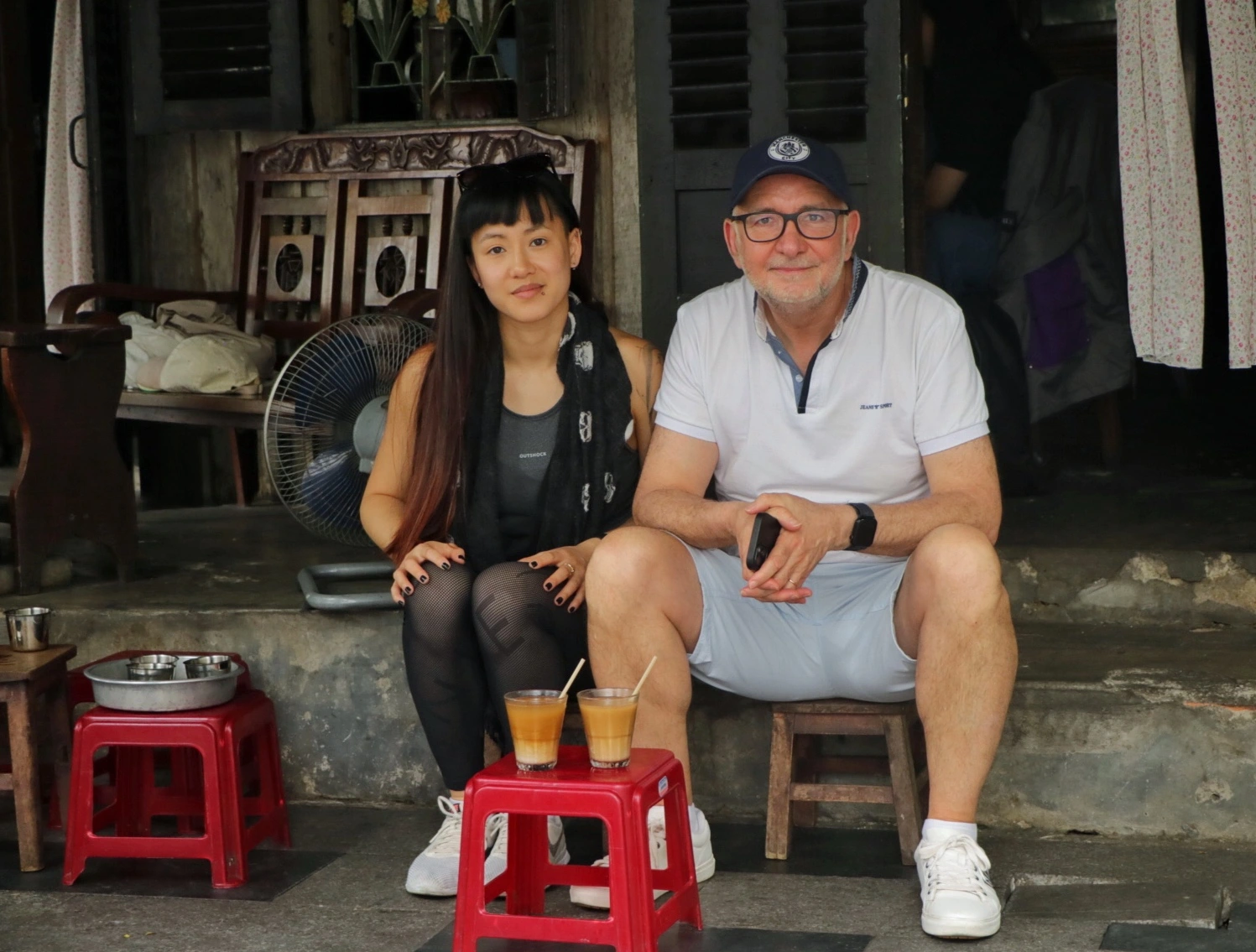

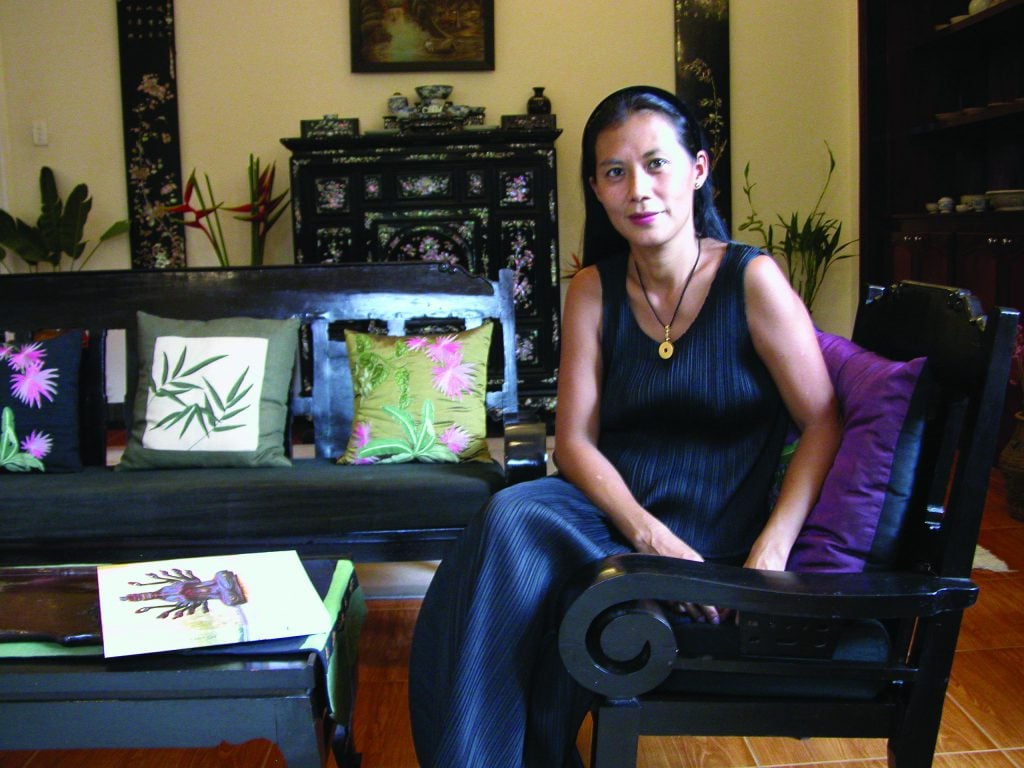



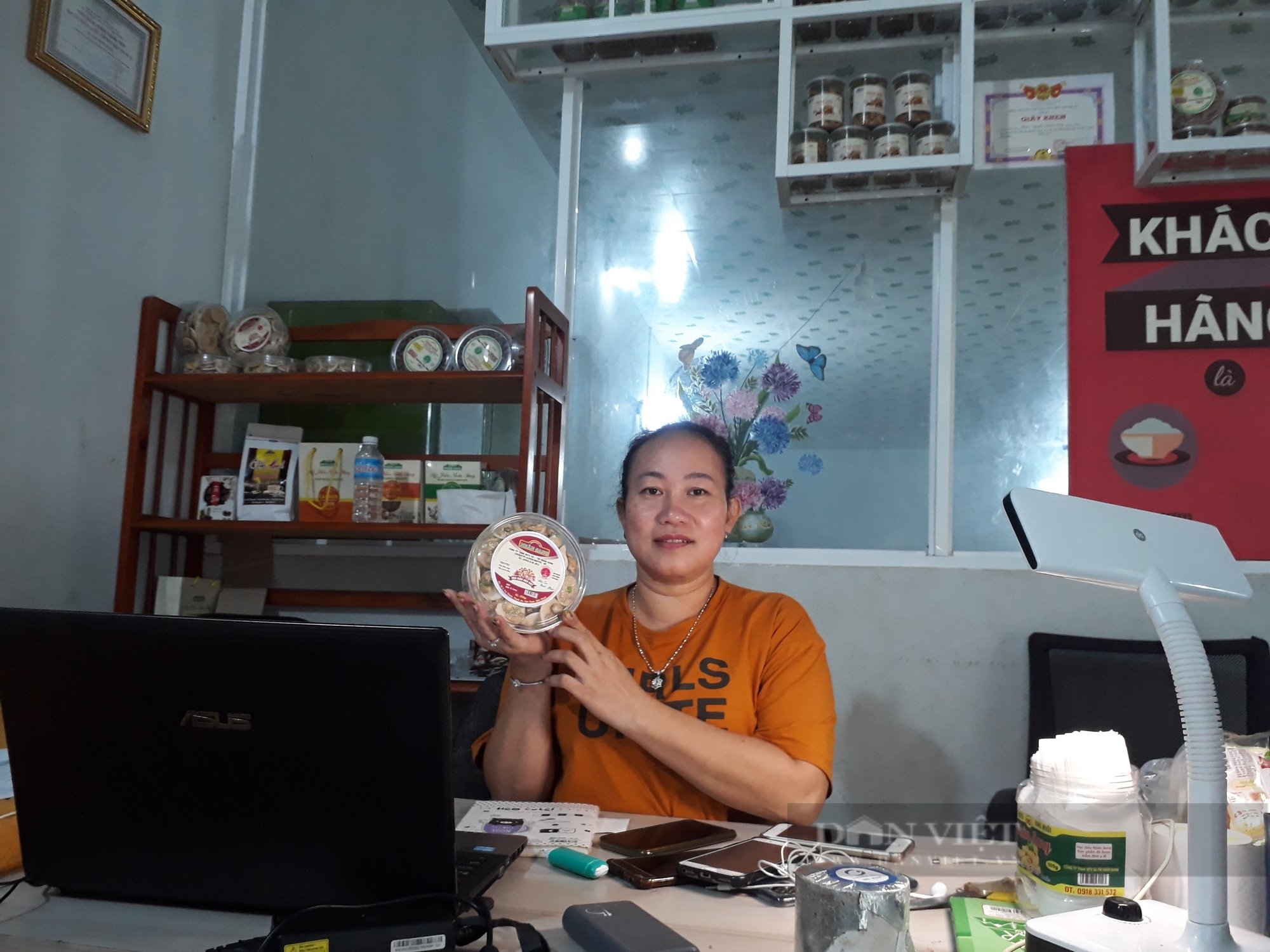



Comment (0)